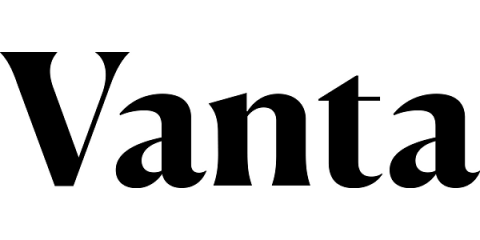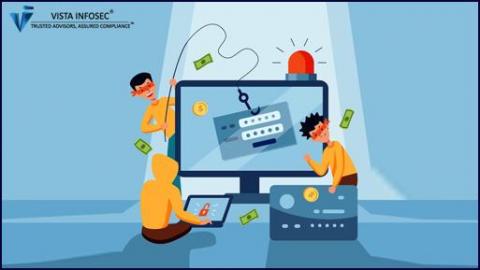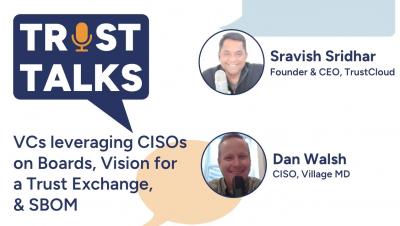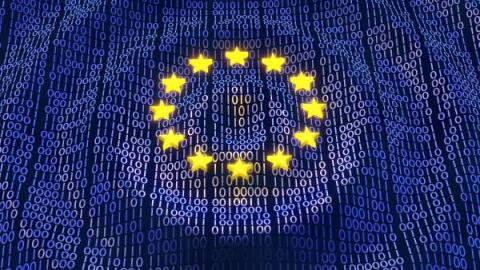Cut Costs, Not Corners: Risk Management Today
In today’s business landscape, managing risk has become an increasingly critical concern. The “usual” risks (such as data breaches) paired with the completely unforeseen ones (like the collapse of SVB) have made companies more cautious with their next steps. With tighter budgets and limited resources, it can be quite challenging for CISOs and CTOs to effectively manage risk while ensuring business continuity.











